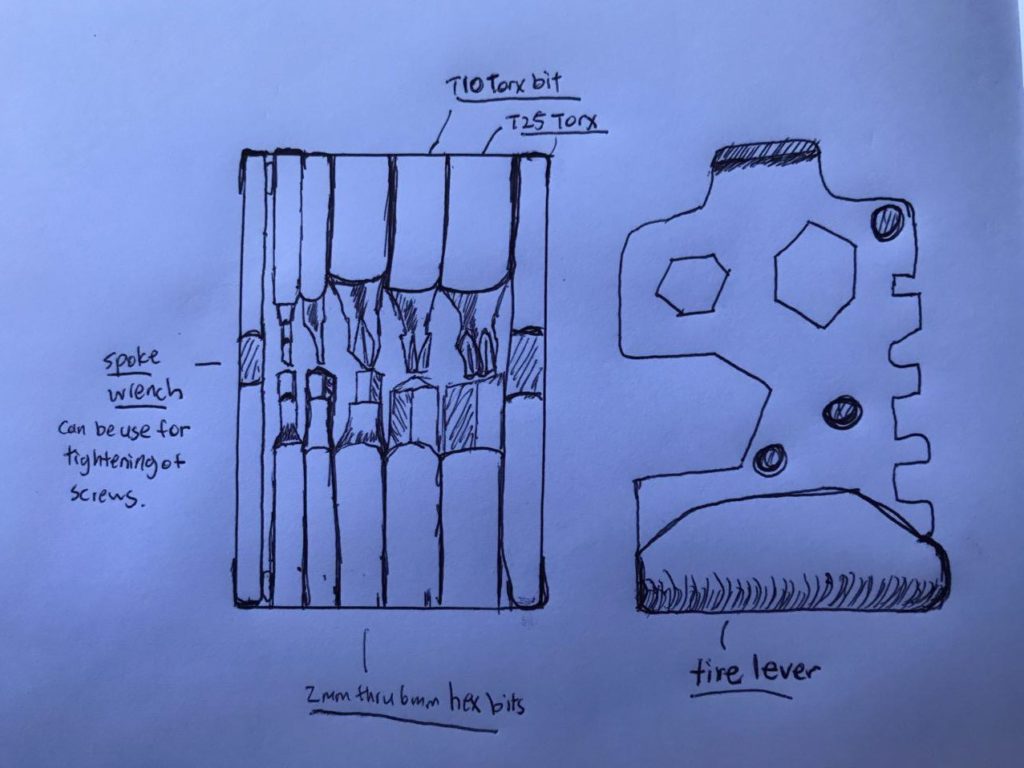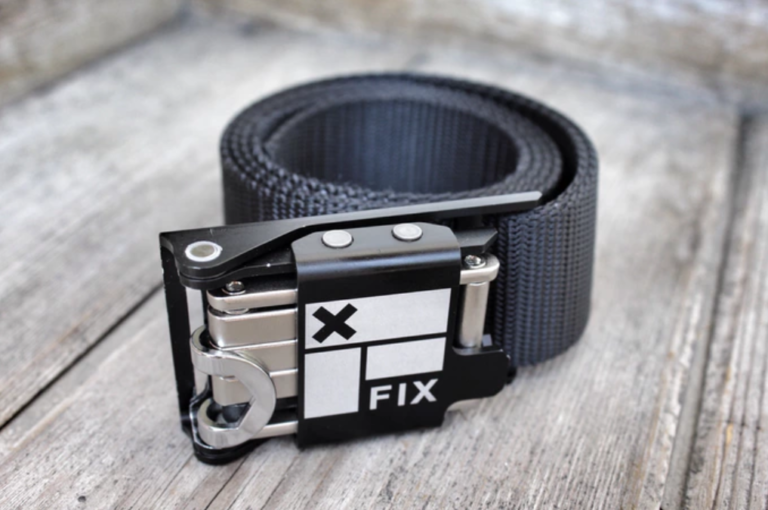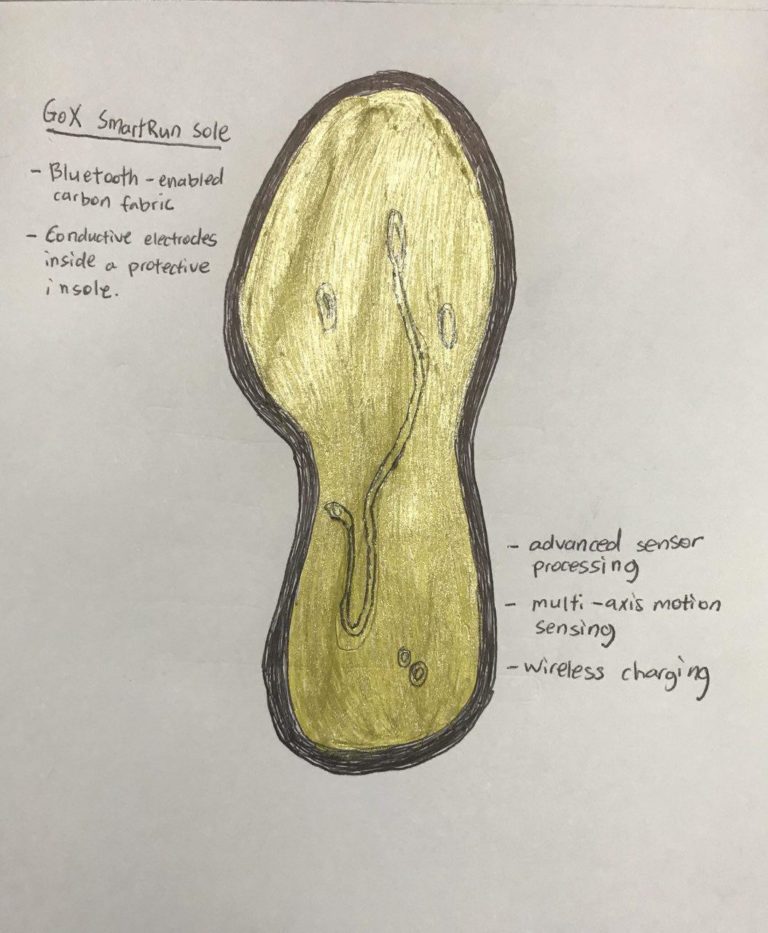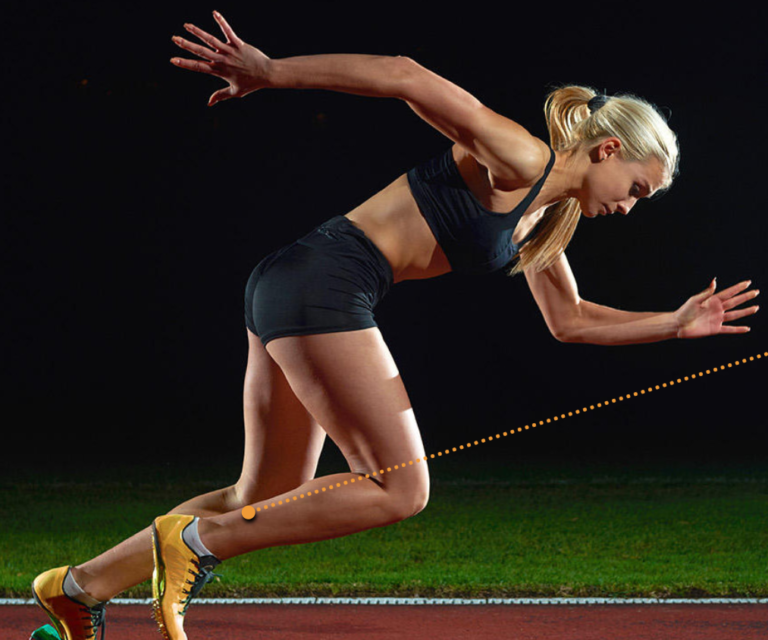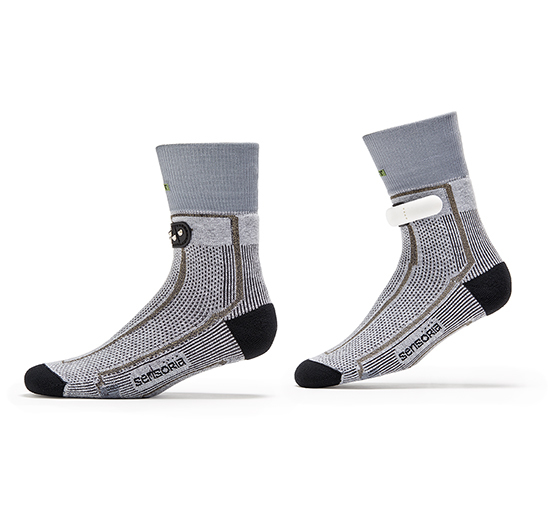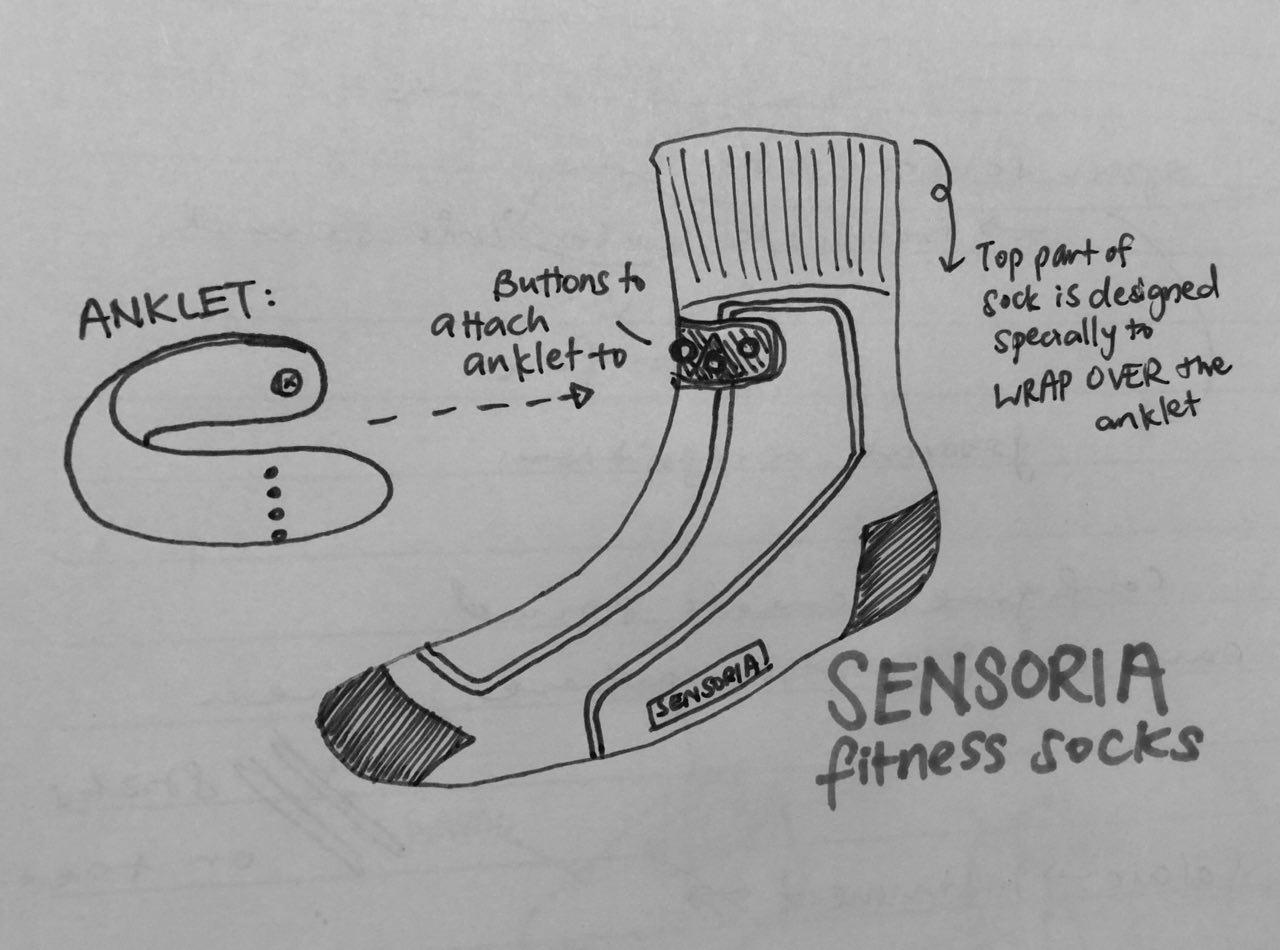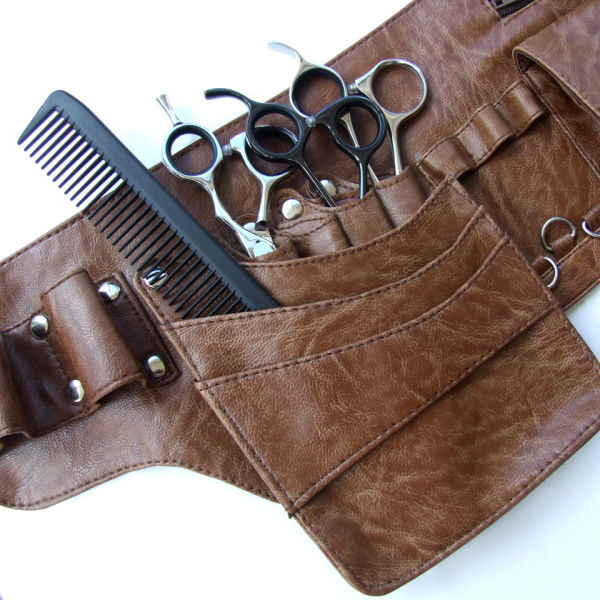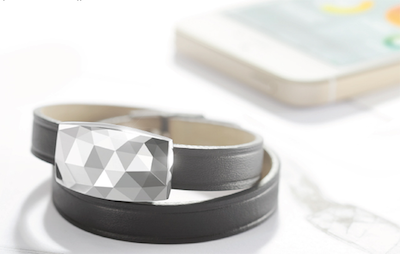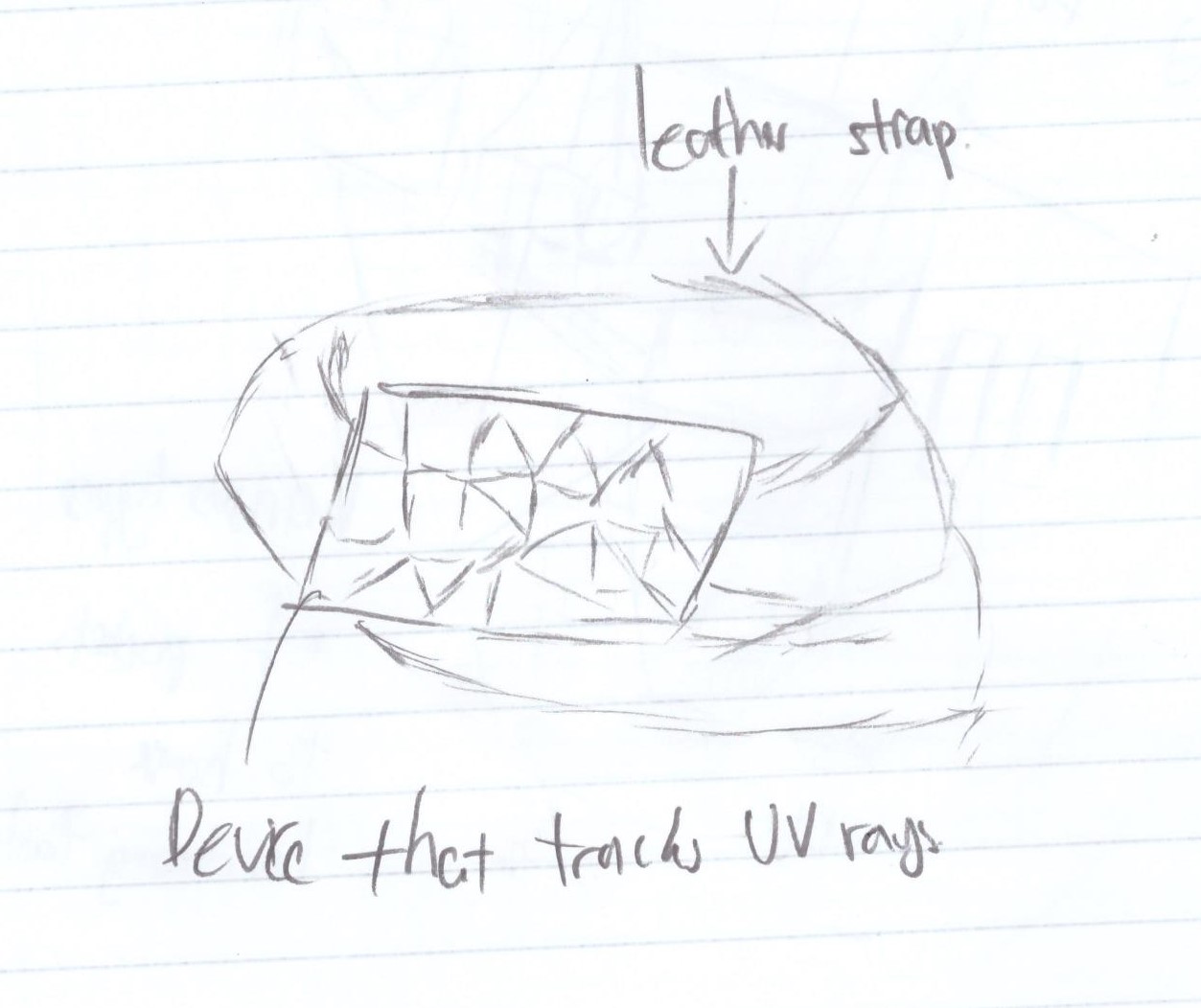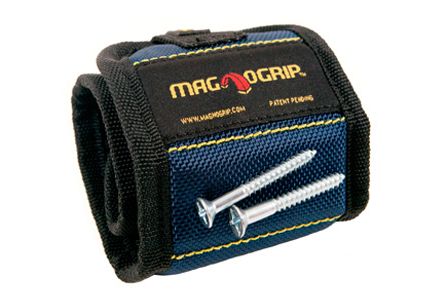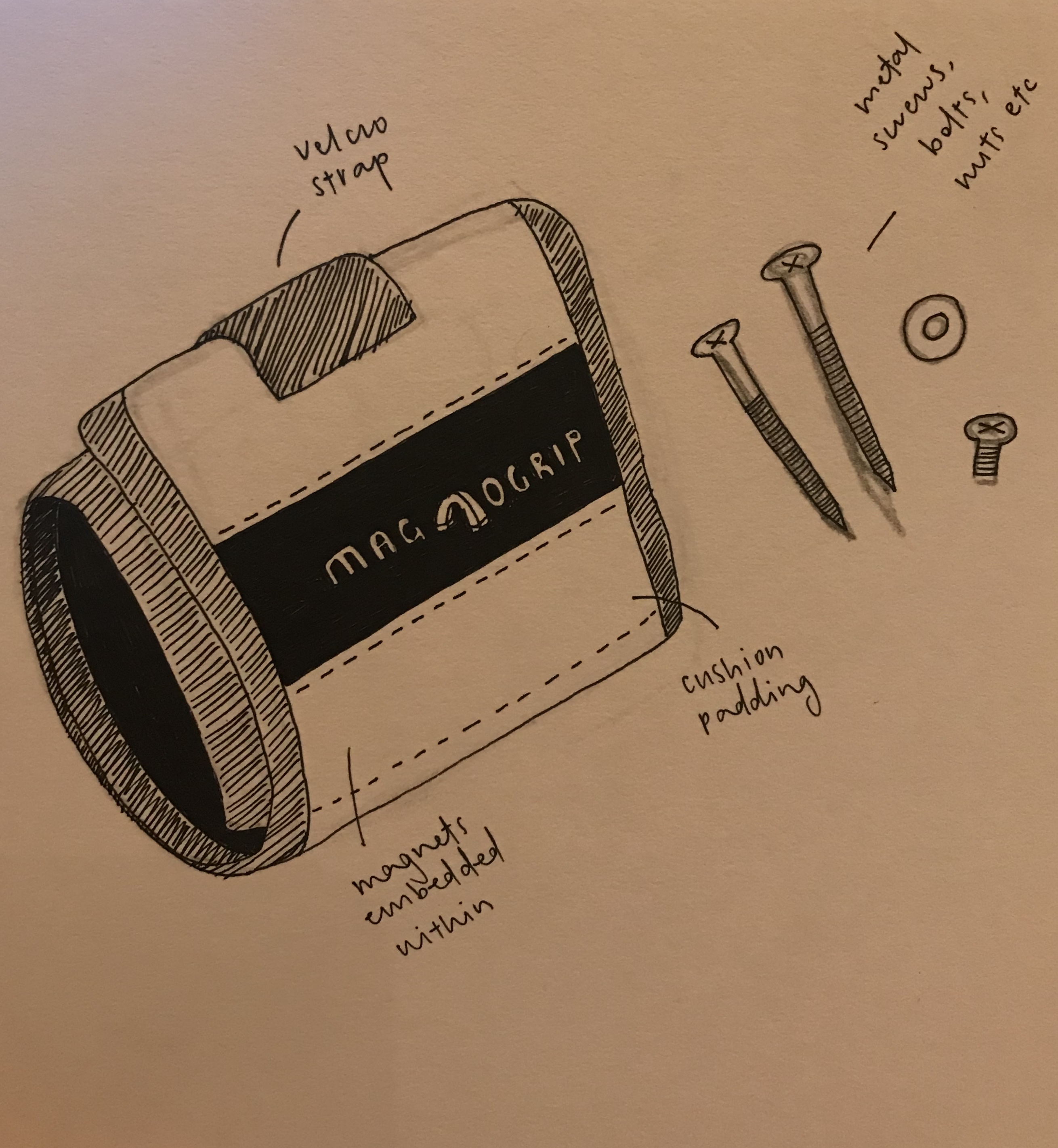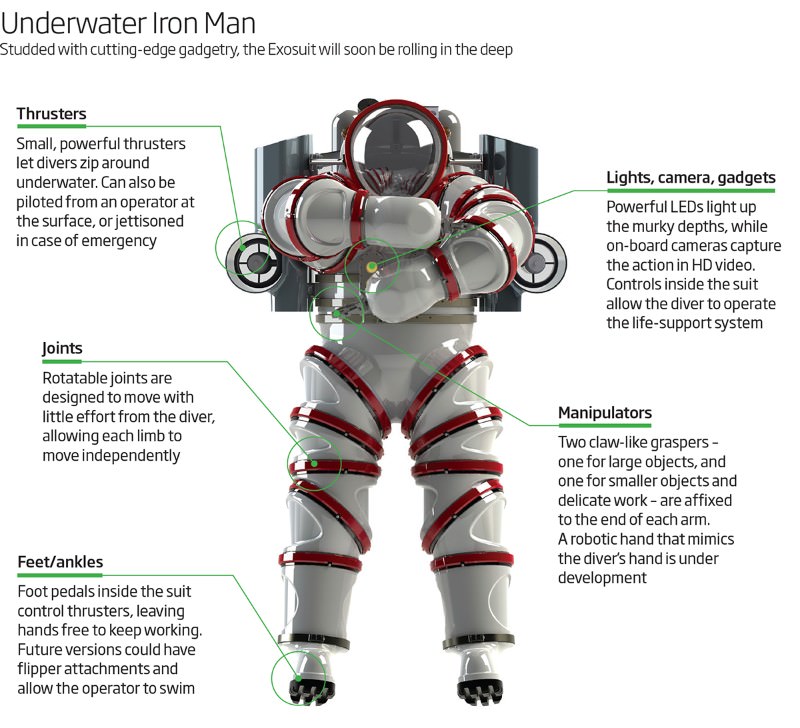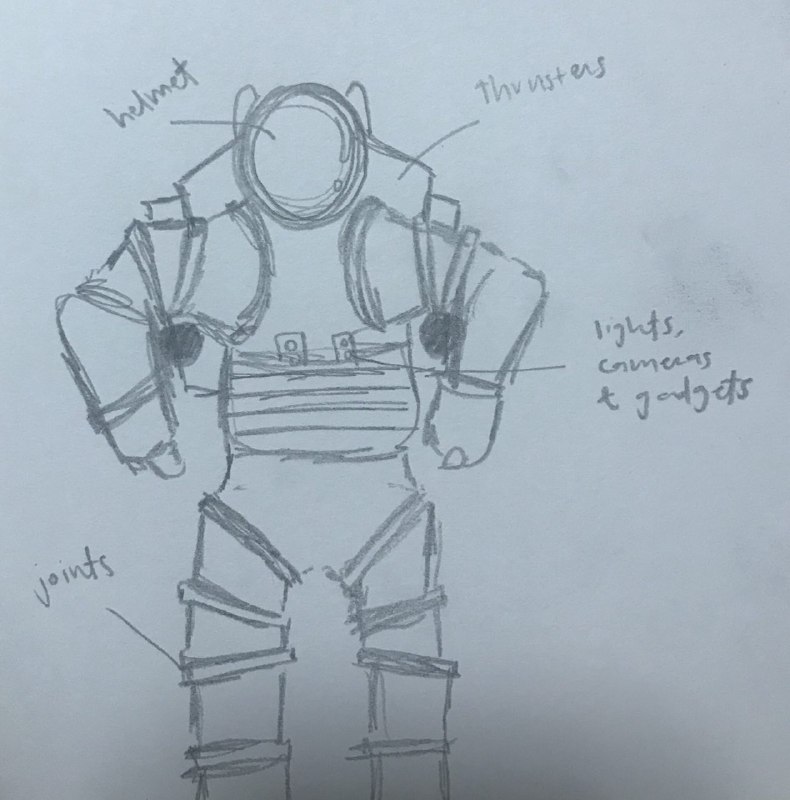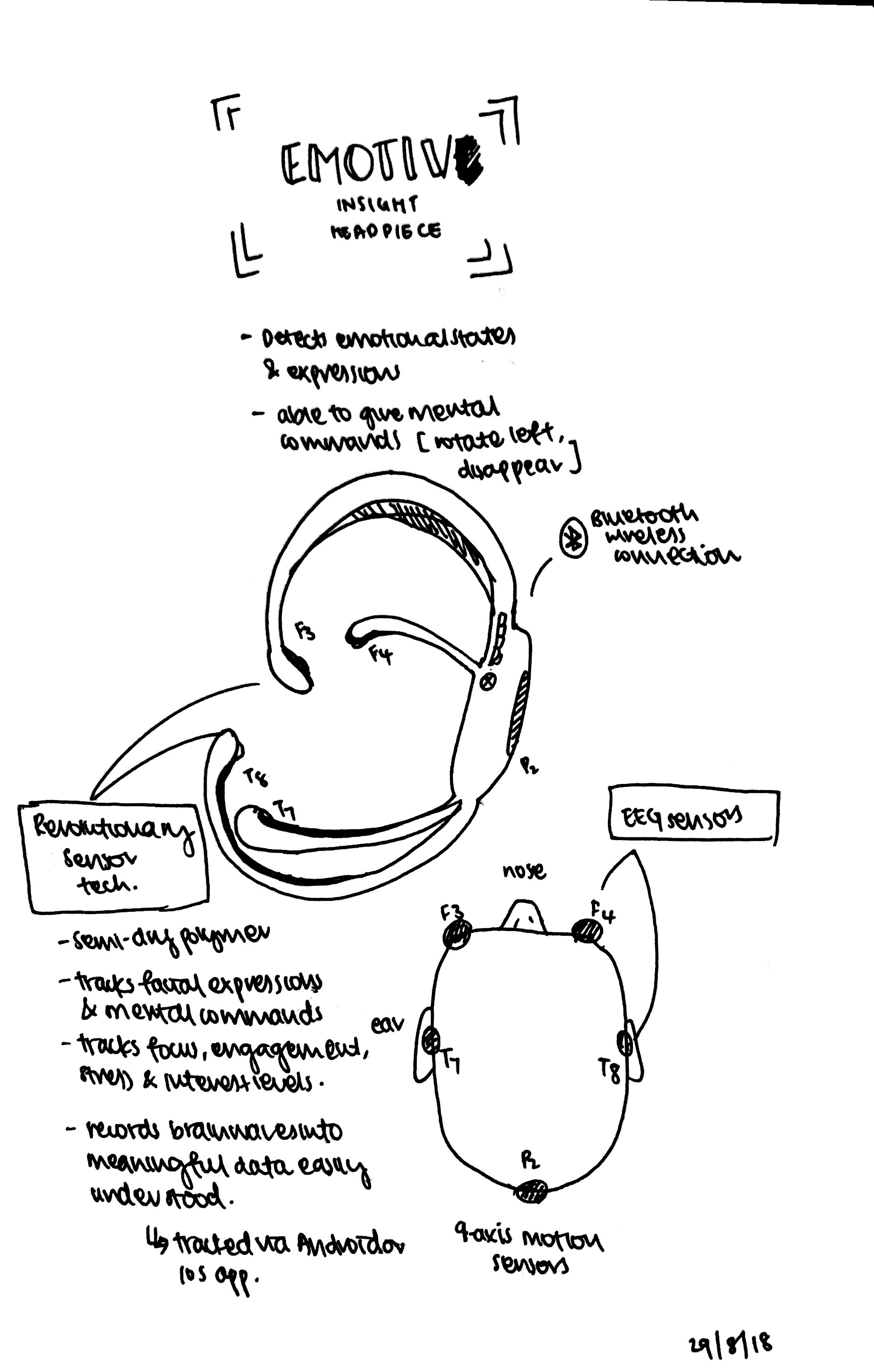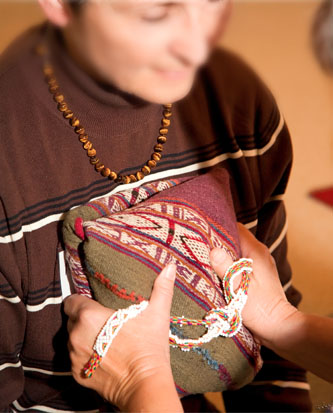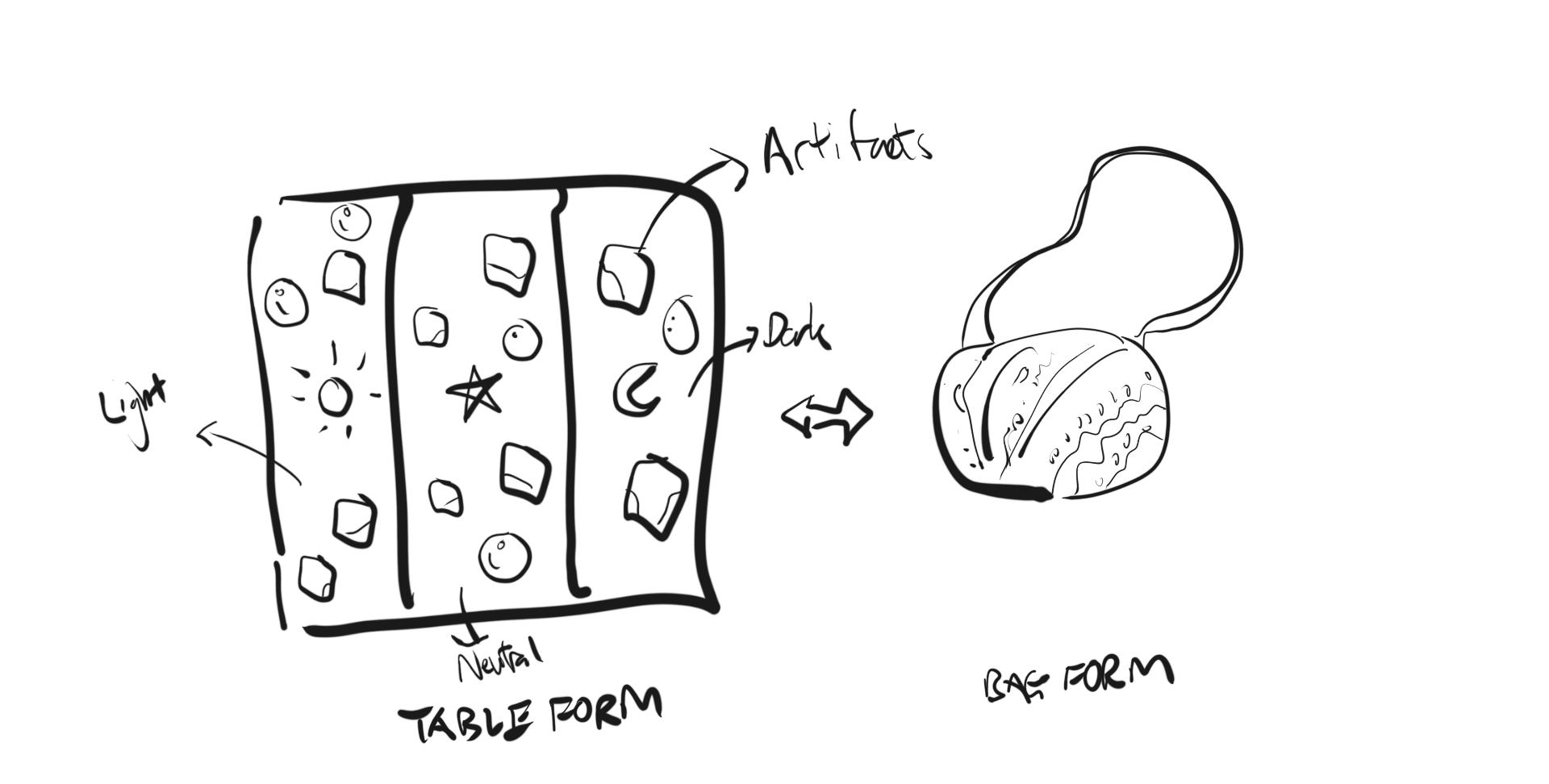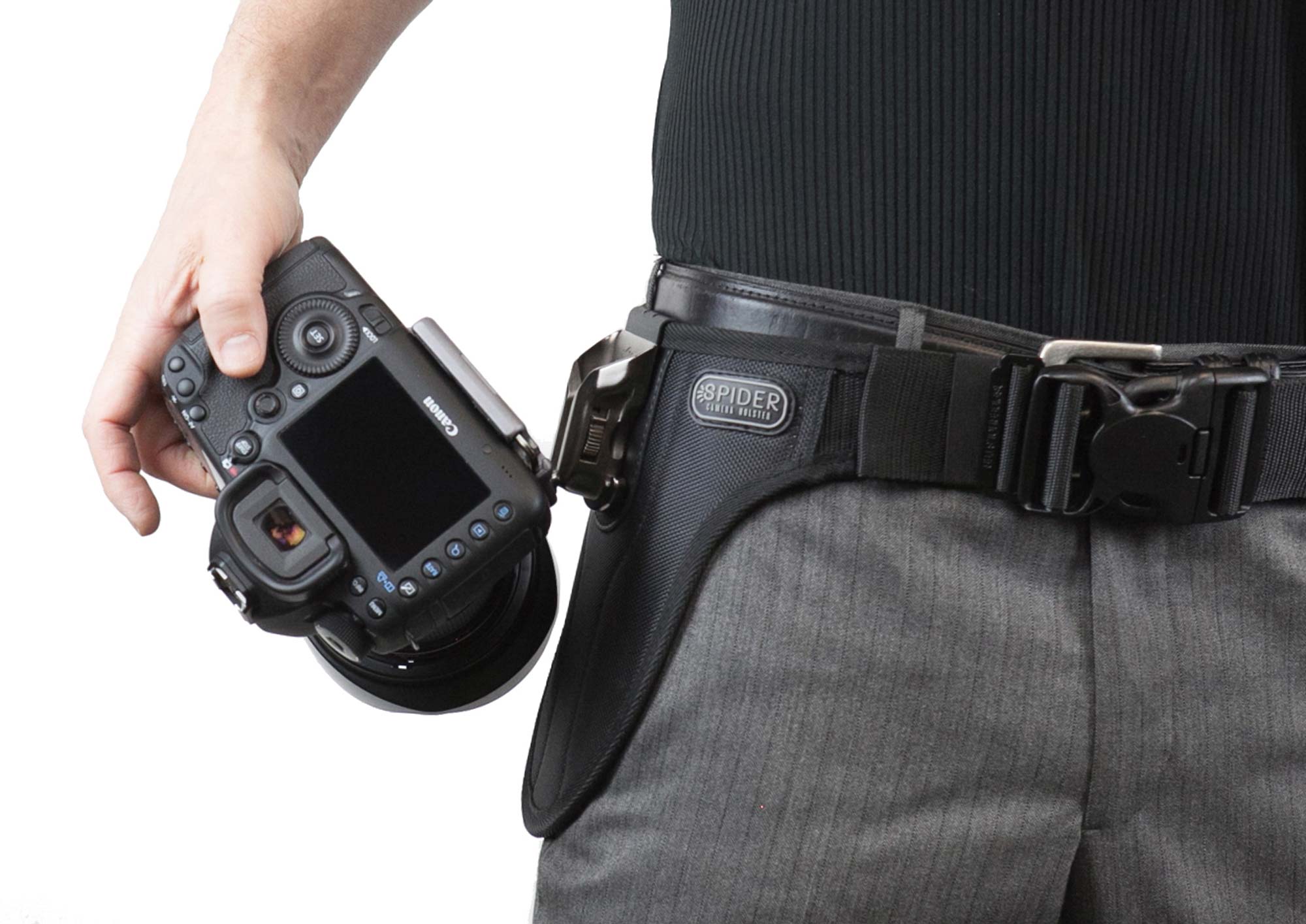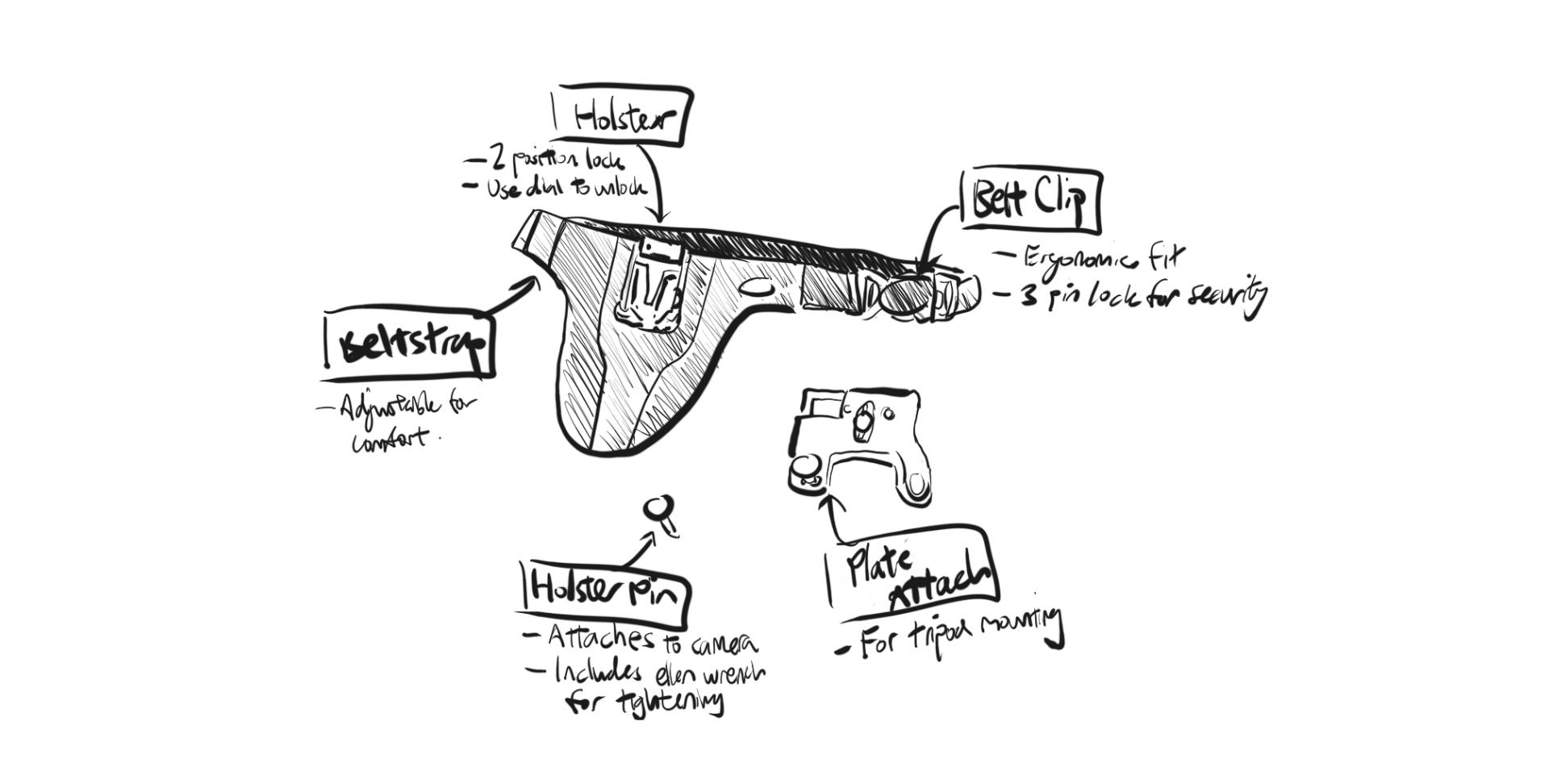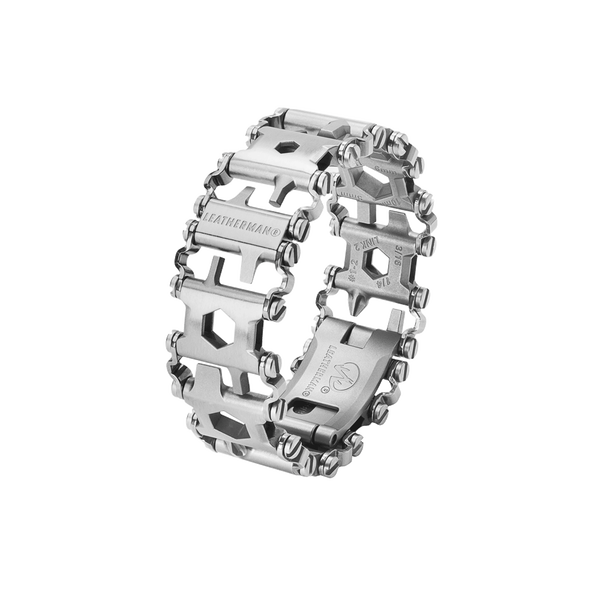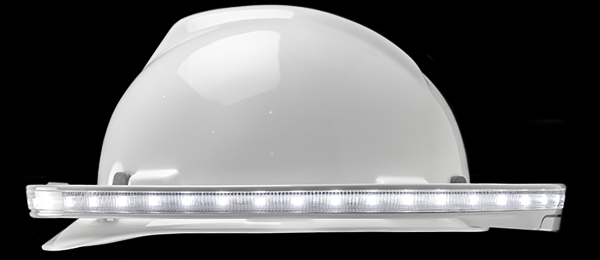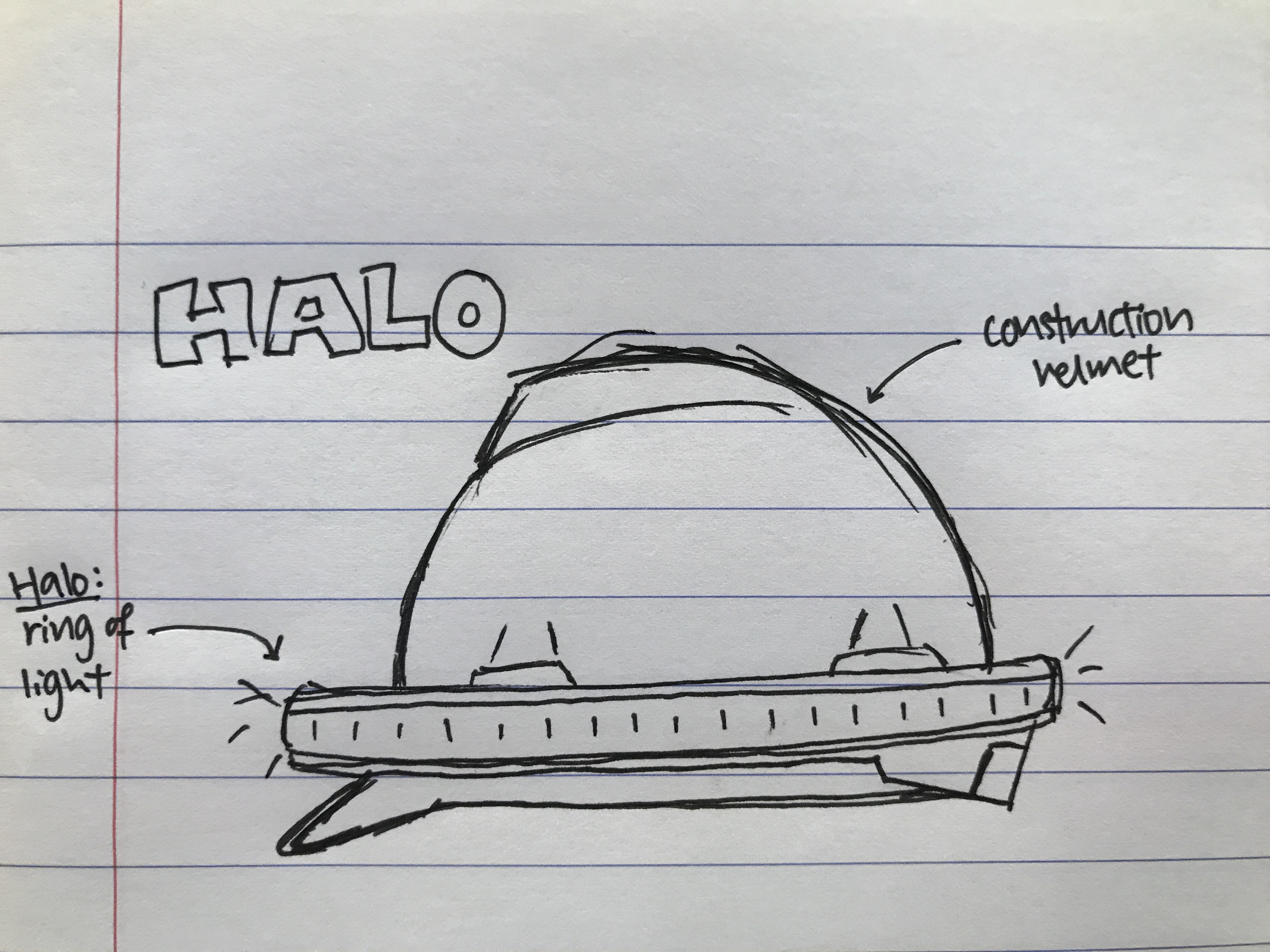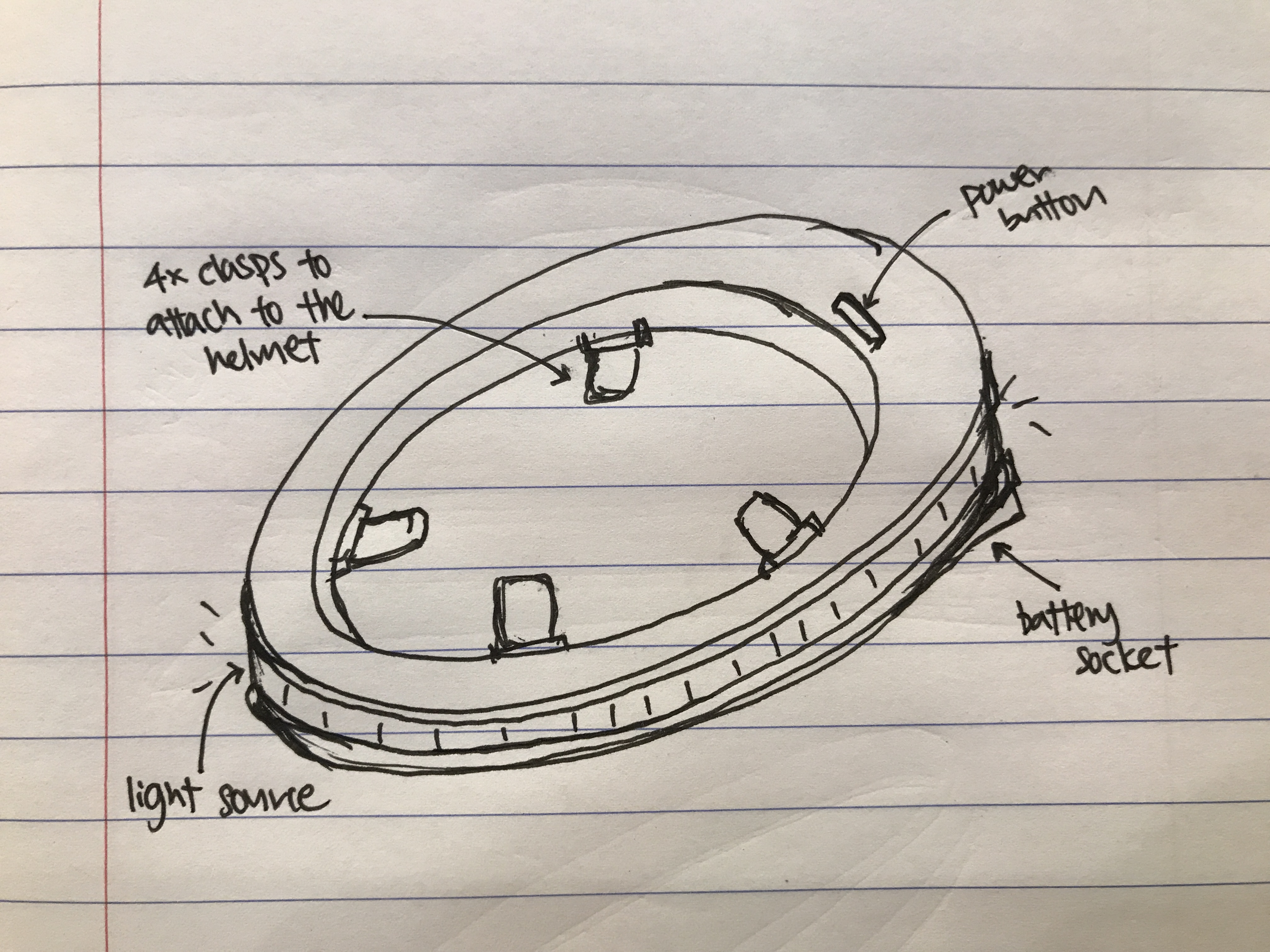Tobii Pro Glasses 2
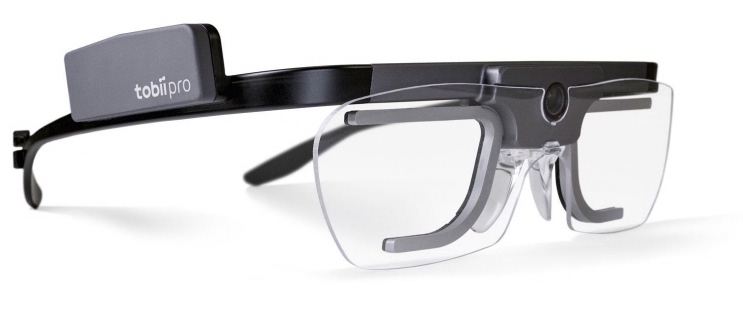
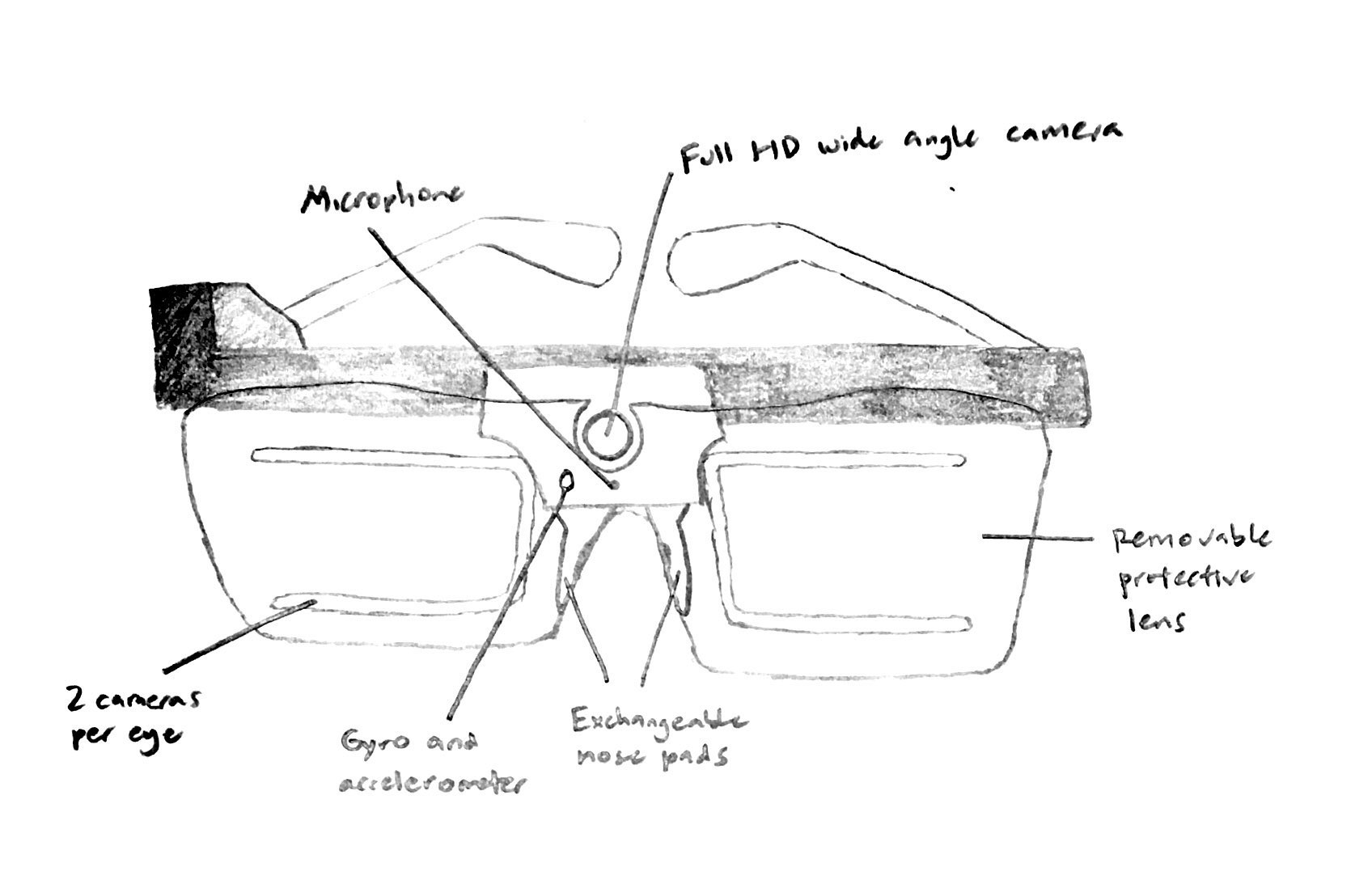
Practice it works in
The Tobii Pro Glasses 2 is designed mainly for researchers who conduct field studies in their research of human behaviour.
Its specific use
Tobii Pro Glasses 2 gives researchers deep and objective insights into human behaviour by showing exactly what a person is looking at in real time as they move freely in any real-world setting. Researchers can understand how people interact with their environment, what catches their attention, what drives their behaviour, and what influences their decision making. This wearable and mobile eye tracking system opens up entirely new opportunities for behavioural studies.
With a unique first-person perspective and true measurement of visual attention and cognitive engagement, Tobii Pro Glasses 2 can be also used as a tool for training, skills transfer, and performance enhancement. The real-time observation of participants’ gaze data provides quick and actionable insights. Whether the eye tracking study is conducted in a lab, shopping mall, manufacturing facility, home, or sports field, researchers can achieve accurate and reliable results in human behaviour research.
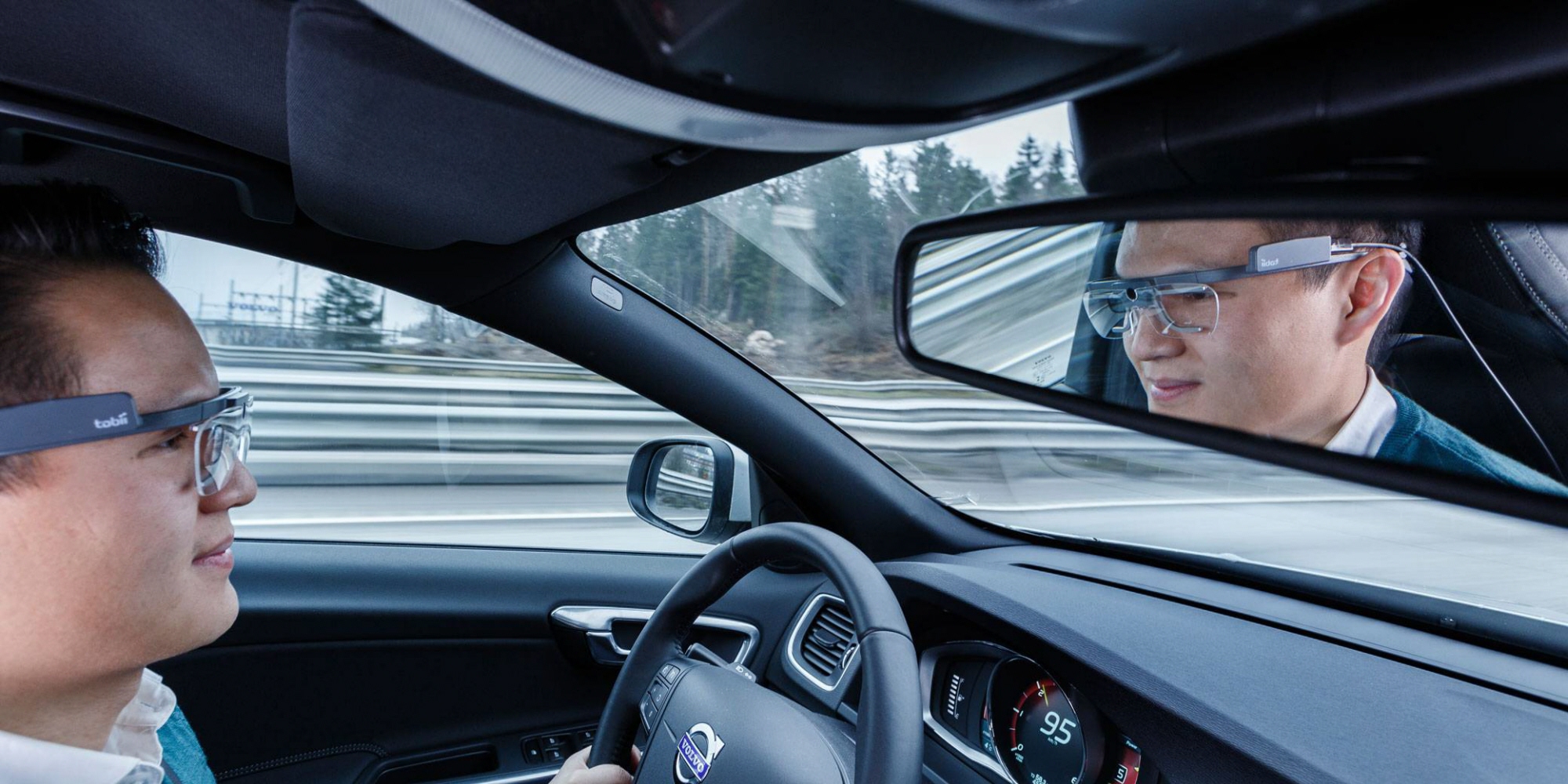
Mobility
The user-centric design and mobility of Tobii Pro Glasses 2 have resulted in an intuitive easy-to-use eye tracking system that allows users to focus on the data analysis and makes the data collection a simple quick exercise. Any user can get started with data collection easily without prior experience with the help of the system-guided procedures and a quick one-point calibration. In order to ensure maximum mobility during the study, the recording unit also allows for easy access to the SD card, sync port, and batteries.

Utility vs Fashionability
Tobii Pro Glasses 2 is indeed very useful for researchers as studies on human behaviour is no longer confined to just the labs. Nothing is more accurate than observing research subjects and their behaviours in their real, intimate environments. To add on, having a wearable eye tracking system opens up new areas of research that would not have been possible. Hence, I would say that the glasses has high utility. To add on, the glasses look futuristic and stylish, like a gear right out of a science fiction movie. It reminds me of Google glasses as well. I would say it is fashionable because I want to wear it. It is comforting that Tobii Pro Glasses 2 has achieved a great balance of utility and fashionability.
The HC1
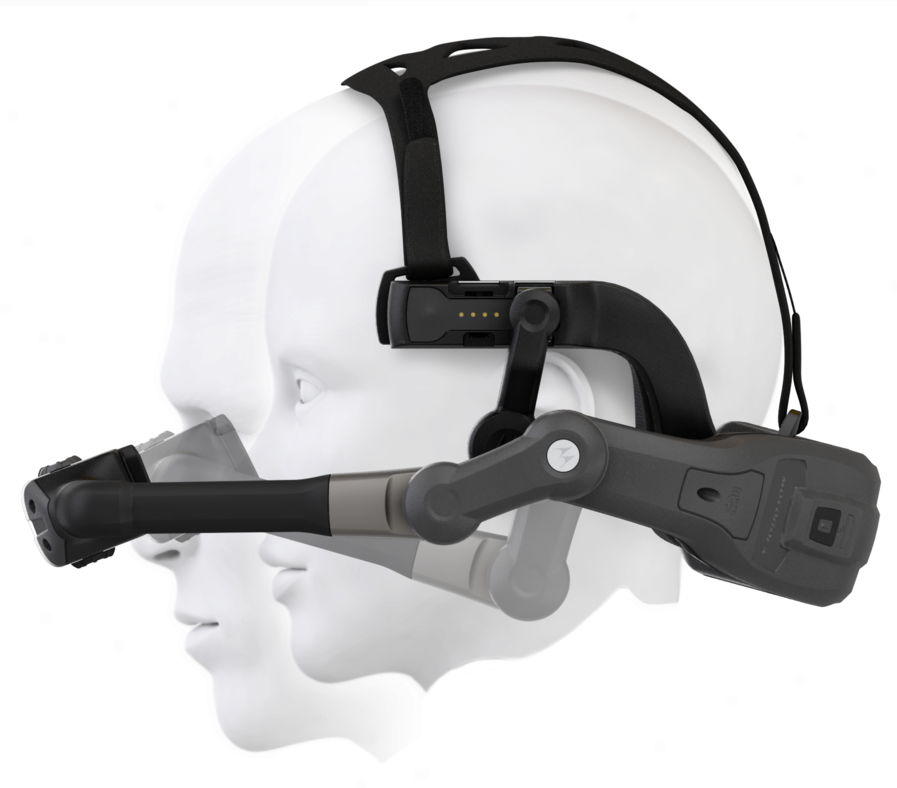
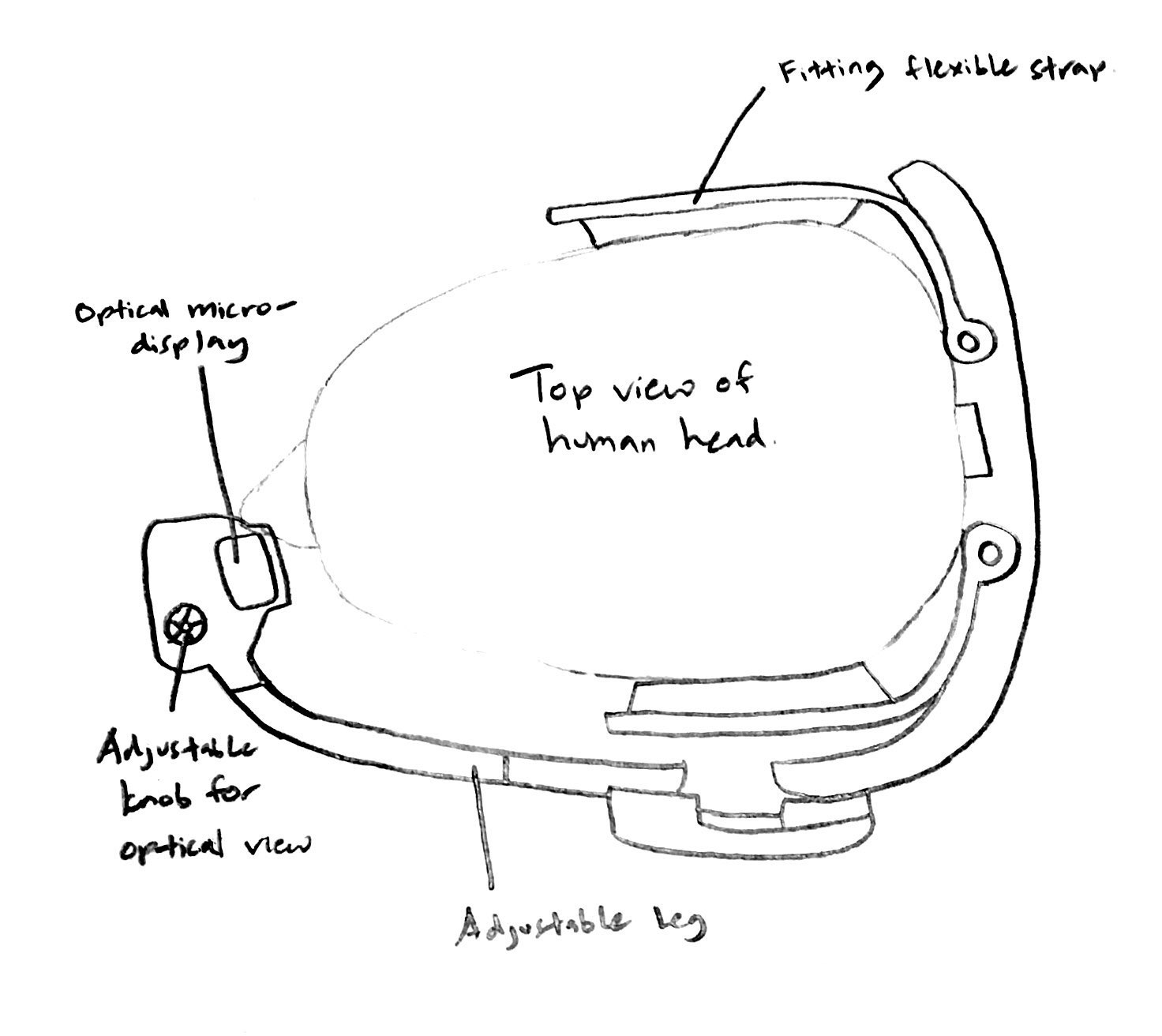
Practice it works in
The HC1 is not designed for a specific practice. It is designed for anyone who needs a mobile computer for the work environment.
Its specific use
The HC1 is a unique wearable device: a fully rugged mobile computer for the work environment. Through an adjustable optical micro-display, it provides a view equivalent to a 15-inch laptop screen. This allows users access to critical documents, videos and photos, with information displayed just below their line of sight. Its purpose is made for workers who need big-screen device capability to view highly complex graphical data or schematics in work environments where carrying a laptop or tablet is not feasible, safe or convenient.
Mobility
The HC1 has great mobility because it was designed to address the mobility issue of a computer. It is lightweight, and it has a strap that secures the device to a human head. Hence, anyone who has a head will be able to use the device anywhere and everywhere.

Utility vs Fashionability
The HC1 has good utility as it can help a practitioner carry out his or her work more efficiently with a mobile, wearable computer. For example, a construction worker can view the blueprint on this device while doing his work in the field. However, I would say that the HC1 is lacking in terms of fashionability because it does not look cool. It looks kind of weird to have a thick black “arm” protruding from the side of your face. However, in work environments, who cares about fashion when you can complete your work more efficiently?


